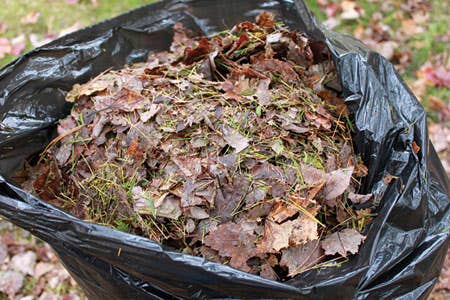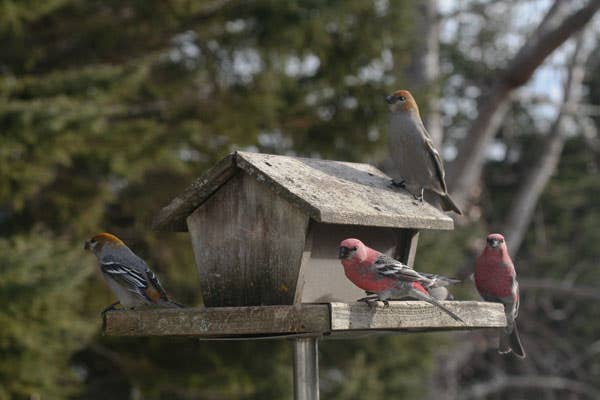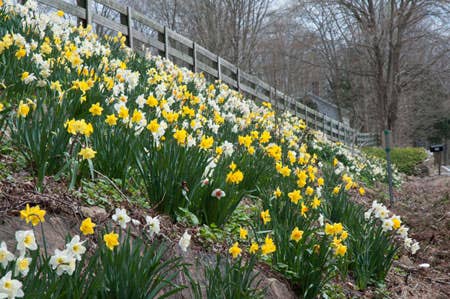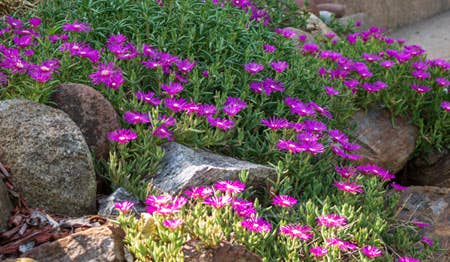Q&A: How do I assure my Christmas cactus will bloom in time?
Christmas cacti (Schlumbergera xbuckleyi) are easy to keep and so long-lived they often become family heirlooms. Here’s how to keep yours blooming on time
Christmas cacti (Schlumbergera xbuckleyi) are very easy to keep and so long-lived they often become family heirlooms. There are now more than 200 named cultivars, blooming in all shades of red, pink, orange, yellow and white.
Although of garden origina, these plants' ancestors come from southeastern Brazil. They are epiphytic plants, and in the wild they root in decaying humus and leaf debris in crevices and tree crotches. it follows that Christmas cacti need adequate moisture, perfect drainage and indirect bright light. A northern or eastern window is good. Southern and western windows may be too sunny, but if you can adjust the slats of a blind to permit just a little direct sunlight to strike the plant, it should be fine. You can also put the plant outside for the summer, in light or dappled shade.
Allow the soil to dry slightly between waterings. The leaves will wrinkle and yellow if the plant is kept too dry. Fertilize monthly during spring and summer. These plants like to be a bit pot bound; should you decide to repot, step up only one size.
As with poinsettia, blooming is stimulated by short days—or, more accurately, by long nights. Cooler temperatures also play a role. Florists provide artificial periods of darkness to get their plants to bloom on cue, but seasonal changes in late summer and fall usually result in flower bud formation, especially if the nighttime temperature is 55-60 degrees F. Once the plant has formed buds, do not relocate it or dramatically change its conditions. Otherwise bud drop may occur.







